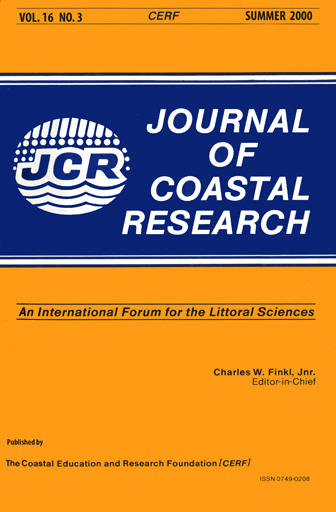Human Impact on the Sedimentary Regime of the Fraser River Delta, Canada
Keywords:
Channel switching, macrotidal environment, sediment distribution data, dredge spoil, sediment supplyAbstract
The Fraser River Delta is a Holocene, river dominated feature in a macrotidal environment, built into the deep (>300m) waters of the Strait of Georgia on Canada's Pacific coast. The delta has been modified to provide port facilities and a navigable channel for the city of Vancouver. Prior to the confinement of the Fraser River to its present channels, during the early part of this century, the distributary river channels regularly switched and migrated across the entire delta front. The annual river load (approximately 17.3 X 106 tonnes) is 65% silt and clay, and 35% sand. Today, most of the sand is removed from the system by dredging and the mud is transported in a plume past the intertidal estuary and northwards into the basin by the dominant flood tidal flow. Three causeways that cross the intertidal zone to the delta foreslope act as barriers to the dominant northward sediment transport causing estuarine and localized seabed erosion. The presence of the causeways results in tidal flow separation with clockwise back eddies forming behind the structures focusing the tidal energy to the intertidal zone. On the delta foreslope, off the southern causeways, an eroded submarine distributary channel subaqueous fan complex has been exposed by enhanced tidal flows that scour the seabed and form northward migrating subaqueous dunes increasing the delta slope and, consequently, the risk of slope failure.


